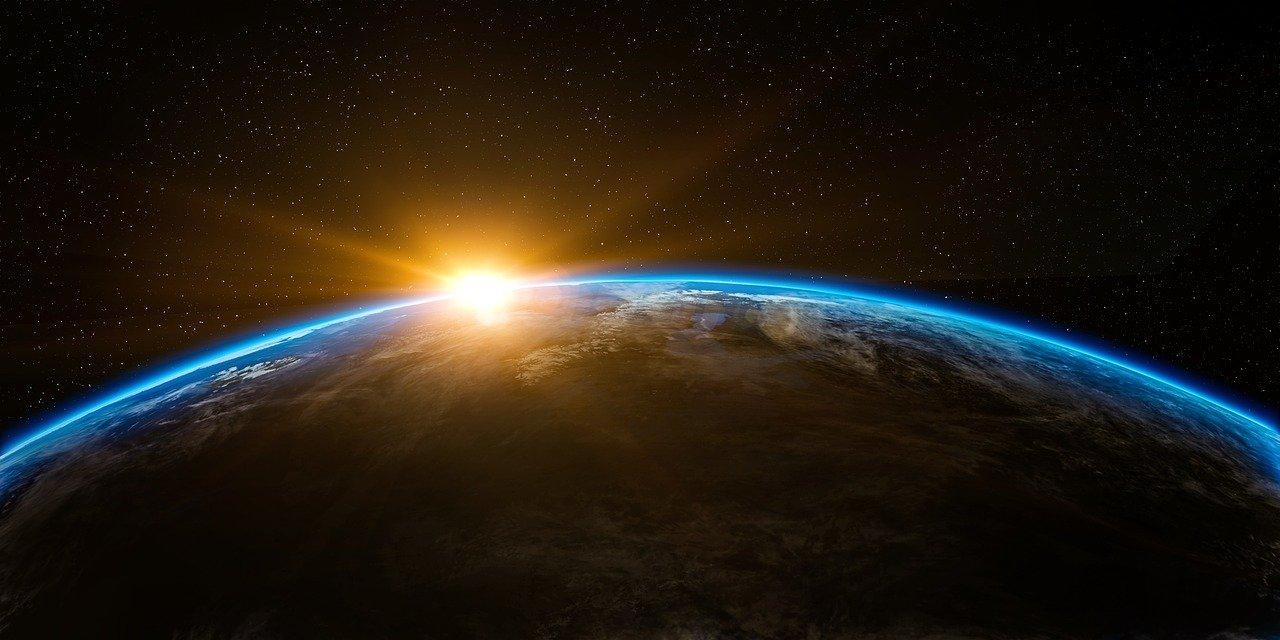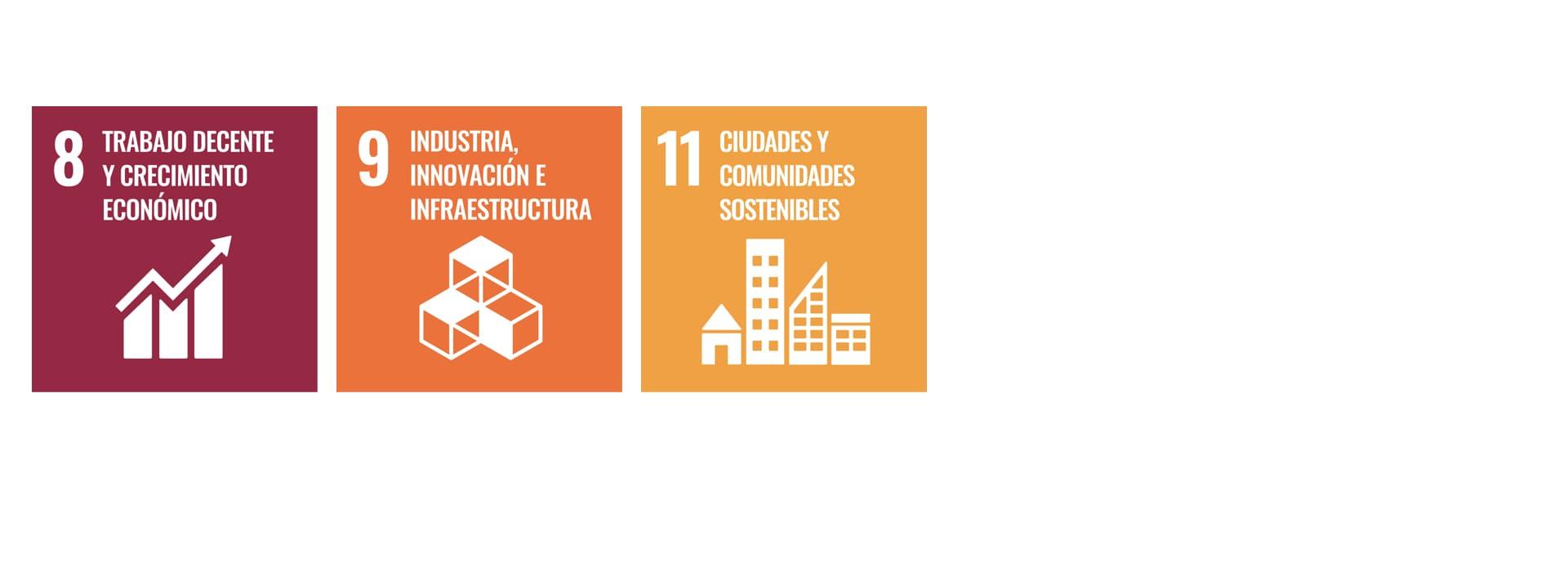Information for:

- Masters
- Postgrad courses
- Courses
- Faculty and research
- About UPF-BSM
New Space Economy, the opportunity for SMEs and startups in 2022
15 Febrero - 2022
Albert García Pujadas
Lecturer & Academic Coordinator of the Master in Digital Marketing Management
__
Every business will be a space business by 2030. A sentence that may seem exaggerated. Explanation? When you look at your smartphone, you are interacting with the space economy. Your phone's capabilities are derived from space technology and rely on a satellite connection for various communication and GPS functions.
The space industry is a driving force, which contributes many beneficial solutions for the Earth. In recent years this industry has been democratizing, growing rapidly and involving new business opportunities.
Business models in the new Space Economy
Simplifying a lot, there are three main models:
- Beyond Earth, which implies technologies and infrastructure for services in space, space exploration, exploitation of microgravity, etc.
- Upstream: space hardware, launch, satellite constellations.
- Downstream: where the downlink services (data transmission from space) stand out; those of data analysis (converting low-level processed data into valuable information) and those of products that package different data flows (spatial and terrestrial), adapted to specific use cases in specific verticals.
Barriers to entry are falling
There is numerous evidence of minor entry barriers. Thanks to pioneering companies like SpaceX or Rocket Lab in the development of reusable rockets, weight reduction (every kg. less implies a saving of $8,000), releases for different upload formats, etc. costs have been significantly reduced.
The cheaper, the greater number of releases. In 2021 was reached the record of 145 orbital launches (114 in 2020). It is estimated that we will be a true space civilization when we launch one daily.
The miniaturization of hardware also contributes to the development of space infrastructure. Pioneering satellites like Sputnik-1 weighed more than 80kg, depleted their batteries in three weeks, and crashed 92 days after launch after spending years building them.
Today the satellites are getting smaller and smaller, the nanosatellites, highlighting the cubesats (size 10x10x10cm and up to 1.33kg.), whose useful life varies between 2-4 years. They are produced quickly, allowing all the cutting-edge technology of the moment to be transferred to space. Now they are cheap and easily replaceable.
The proliferation of satellites is exponential and monitored in time actual. We already have around 4,000 and we will exceed 100,000 this decade. These constellations will spawn an entire ecosystem of new space companies to service them (resupply, repair, transport, etc.).
Space as a Service
The greater the capacity of satellite services, the greater the offer of downstream services available. The greater the infrastructure, the more important the services. In the same way that the SaaS model is the standard in the software industry, the Space-as-a-Service model .
The forecast that “software is eating the world” also applies to this case. The digital and space industries are “merging”. This is demonstrated by the irruption of Amazon services (AWS Ground Station with Blue Origin will have the Kuiper constellation ) and Microsoft with Azure Space (with Space X) providing any company in the world the ability to take advantage of the hardware of the ground station, without much complexity, through software online services.
An opportunity for startups and SMEs
The New Space is a great opportunity for startups and SMEs in particular, especially in applications (the downstream). The presence of Galileo, Copernicus, the communications constellations, etc., mean that the only limit is imagination and intelligence. Applications that make integrated use of different data have a great future.
In the words of Juan B. Pedro (co-founder of EarthPulse) “we perfectly illustrate the democratization of data access (some access generated by Copernicus), the treatment, fusion of different sources and analysis to identify patterns, through AI, allows to reduce time and effort and offer services related to the intelligent observation of the Earth in an affordable way”.
New Space Economy in Catalonia: the last chance
The year 2021 was record year of investment in infrastructures in the Space tech, a prelude to growth in the coming years. All space agencies have created incubators and have programs that finance the first phases of projects and even help find investors, business angels, etc.
In Catalonia, the promotion of the New Space constitutes a priority of the Government of the Generalitat. Armengol Torres, vice president of the World Space Week Association, insists that “opportunities are not always taken advantage of. Although the ESA has had an incubator in Barcelona (ESA BIC Barcelona) since 2014, in recent years it has shown support and management problems. It is hoped that with the renewal that has now touched him, he will regain the momentum and initiative that he had at the beginning. In the background, indicates Armengol, is the fate of the Spanish Space Agency. Recently the CDTI and the ESA have approved that the new Spanish ESA BIC will be in Castilla León.”
Last December, the New Space community of the Digital Catalonia Alliance (DCA-NS) was launched with the purpose of bringing together and strengthening the sector: promotion of entrepreneurship and the transversal space industry, both in applications, services, training, talent, etc.
A very ambitious roadmap, we will see if the economic resources and the alignment of the different Public Administrations are up to the circumstances. This commitment is essential to give the first push, especially for space entrepreneurs. Both in aid (such as for the development of patents, training, etc.) and in public purchases (as first adopters and facilitating participation in public tenders).
Talent and training
In the new Space Economy the war for talent is raging. Miquel Garcia, co-founder of Rokubun, a leader in the development of positioning and navigation technologies, affirms “that the retention and raising of capital human is essential. The fact that they leave is not so serious, but rather that they do not return since the experience abroad is highly positive.”
Fortunately, not only aerospace engineers or astrophysicists are needed for the new space economy. Torres insists on the gap between space specialists and the general public. “We must create and promote the figure of the intermediate expert, the one who has the ability to understand the complexities of space technologies and their possible applications, and masters the close language of the end customer and knows their needs to help them discover first, and then successfully implement spatial solutions”.
In addition to the traditional lack of technological profiles, there is a lack of professionals with orientation or spatial application (from psychologists, doctors, to engineers). “It will be critical in the coming years” everyone agrees.
Metaphorically speaking we are at the beginning of the 90s with the “irruption” of the internet, but with the new space it will be more accelerated and with a change of scale. Our universe is expanding and our perspectives in terms of learning and business opportunities must evolve. As Konstantin Tsiolkovsky would say "The Earth is the cradle of humanity, but you cannot live in a cradle forever".
Meanwhile, some are still plucking the daisy of digitization.
